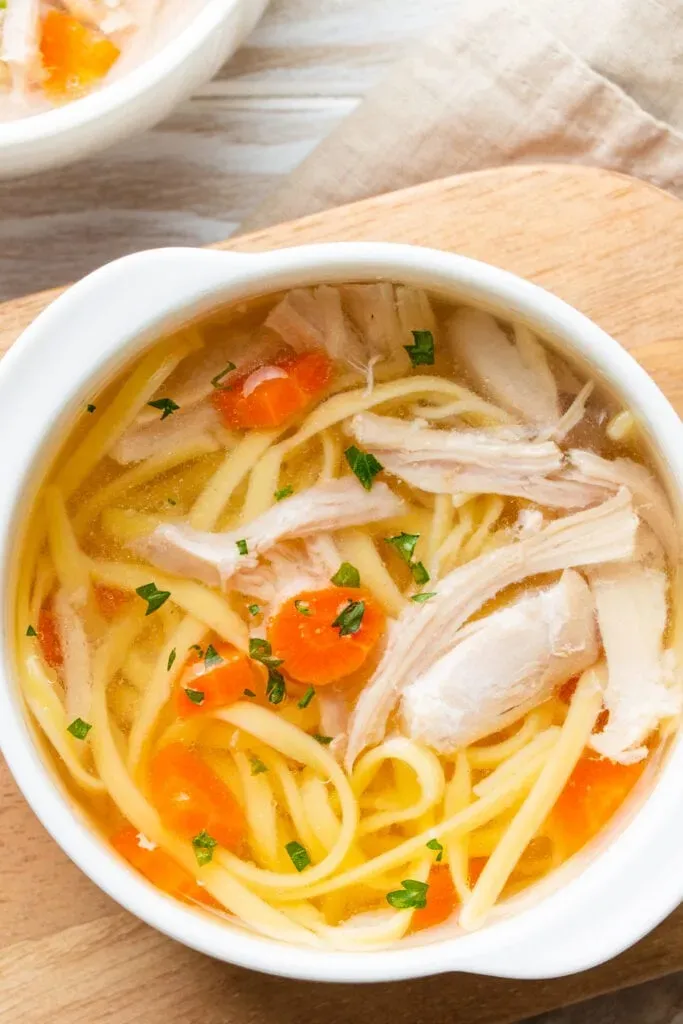Table of Contents
Sometimes, only one thing hits the spot: a steaming bowl of chicken noodle soup. Not just any soup, but that specific, familiar, comforting kind many grew up with – the one from the can. Reaching for Progresso is easy, sure, but replicating that nostalgic taste at home? It's surprisingly achievable, and arguably, more satisfying. This guide lays out a straightforward chicken noodle soup recipe progresso style, designed to capture that classic flavor profile with minimal fuss. Forget complicated techniques; we're talking simple ingredients and basic steps. We'll cover why making it yourself is worth the tiny bit of extra effort, exactly what you need to buy, how to put it all together quickly, and clever ways to tweak it or store leftovers. Prepare to ditch the pull tab and ladle up something genuinely comforting.
Why Make Your Own ProgressoStyle Chicken Noodle Soup?
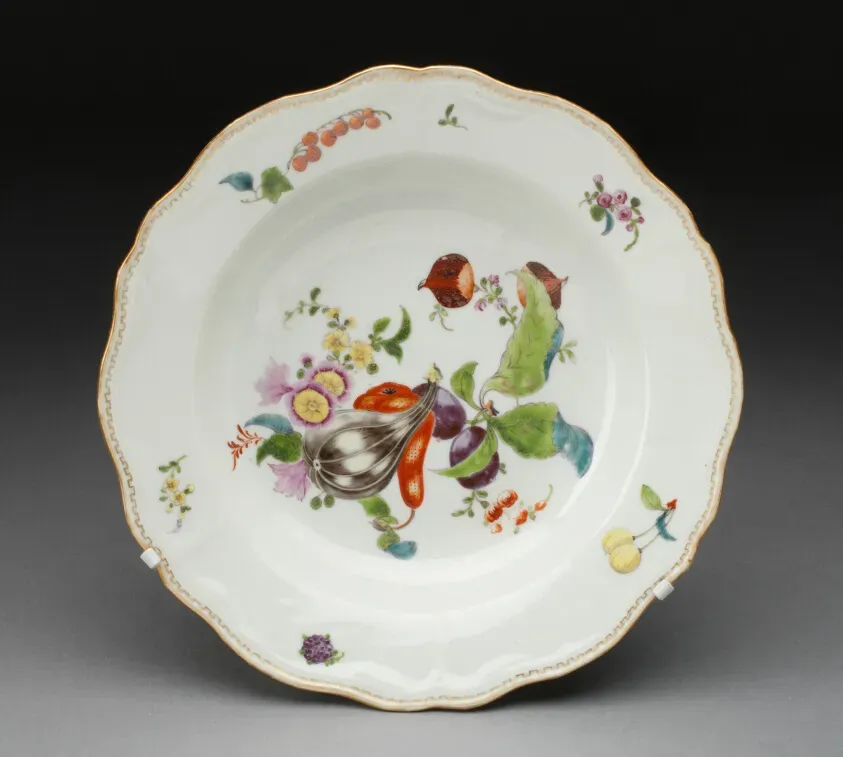
Why Make Your Own ProgressoStyle Chicken Noodle Soup?
Take Charge of Your Ingredients
Let's be real. You grab a can of Progresso when you're short on time or energy. It's a quick fix, a familiar comfort. But have you ever actually read the ingredient list? It's a parade of things you probably don't keep in your pantry. Making your own chicken noodle soup recipe progresso style puts you in the driver's seat. You control the salt level, which is a big deal if you're trying to cut back. You use fresh vegetables that actually have some snap to them, not mushy bits that have been swimming in broth for months. And you know exactly what kind of chicken is going into your pot.
Build Flavor From Scratch
There's a fundamental difference between flavor developed by simmering fresh ingredients and flavor engineered in a lab. When you sauté aromatics like garlic and onion before adding broth, you build a base layer of taste that a can just can't replicate. You can toss in fresh parsley or dill right at the end for a bright finish that canned soup rarely offers. The chicken flavor comes from actual chicken simmering in the pot, not from "chicken flavor" additives. It’s about depth and freshness. Think of it like the difference between instant coffee and a pour-over – both deliver caffeine, but one tastes significantly better.
- Control over salt and preservatives.
- Fresher, more vibrant vegetable taste.
- Authentic chicken flavor from real meat.
- Ability to customize seasonings.
- Avoiding artificial flavors and colors.
The Simple Joy of Homemade
maybe "joy" sounds a bit much for soup, but there's a genuine satisfaction in making something comforting with your own hands. It’s a small act of creation, especially on a cold day or when you're feeling under the weather. Plus, your kitchen smells amazing while it simmers. And honestly, telling someone you made the soup from scratch, even if it's a simple copycat of a canned version, feels a little better than just pointing to the recycling bin. It’s a small win in a world full of pre-packaged everything.
Gathering Ingredients for Your Chicken Noodle Soup Recipe Progresso
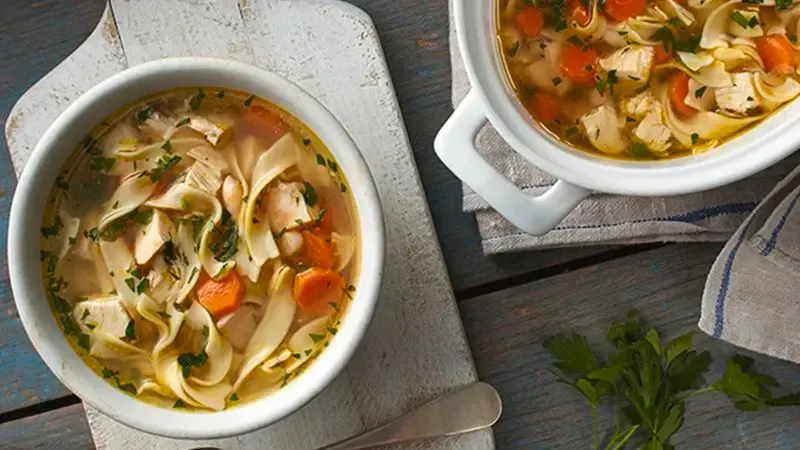
Gathering Ingredients for Your Chicken Noodle Soup Recipe Progresso
The Core Components You Can't Skip
Alright, let's talk groceries. You're aiming for that familiar chicken noodle soup recipe progresso vibe, right? That means starting with the absolute basics. You'll need some kind of fat for sautéing – olive oil or butter works fine. Then come the flavor builders: onion, carrot, and celery. Chop them up relatively small, like the stuff in the can, maybe a quarter-inch dice. You'll also need garlic, because, well, it's garlic. And chicken. Cooked chicken. This isn't the time to simmer a whole bird unless you're feeling ambitious; leftover roast chicken or a store-bought rotisserie chicken is your best friend here. Shred or dice it.
Getting That "Canned Soup" Feel (But Better)
Now for the liquids and the defining feature – the noodles. For the broth, think classic. Progresso uses chicken broth, and you should too. Look for a good quality low-sodium chicken broth or stock. You might need a bit more than you think, as the noodles soak it up. And the noodles? Small, dried egg noodles are the move. The kind that look like tiny twists or elbows. Don't go for big, fancy pasta shapes; you want that specific soft, slightly yielding noodle texture. A sprinkle of dried parsley at the end gives it that visual cue you recognize, and simple salt and pepper will be your main seasonings.
What you'll likely need:
- Olive oil or butter
- Yellow onion
- Carrots
- Celery
- Garlic
- Cooked chicken (shredded or diced)
- Low-sodium chicken broth
- Small dried egg noodles
- Dried parsley
- Salt and black pepper
Cooking Up Your Easy Chicken Noodle Soup Recipe Progresso
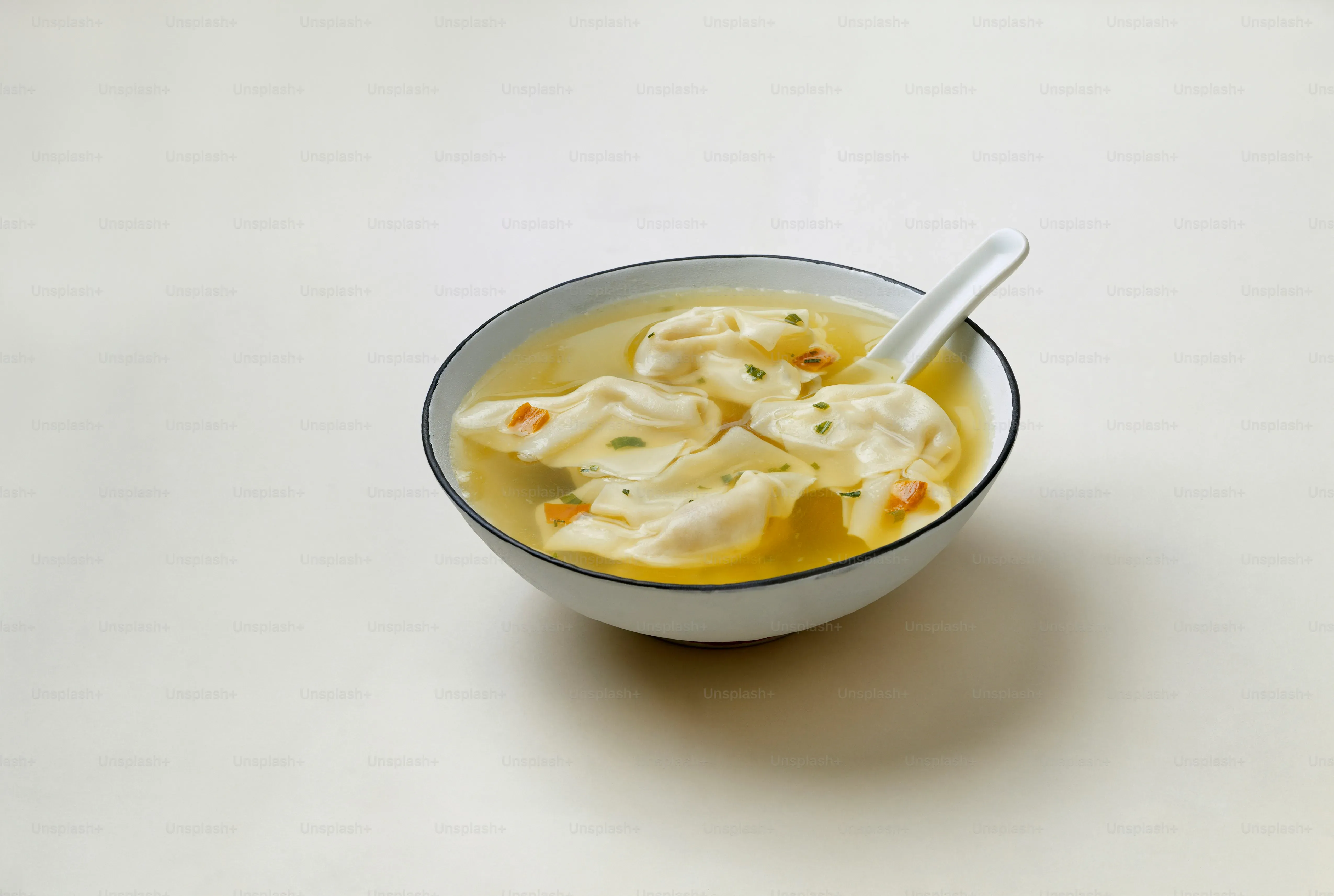
Cooking Up Your Easy Chicken Noodle Soup Recipe Progresso
Start with Sautéing Your Aromatics
you've got your ingredients lined up. Time to get cooking. Grab a decent-sized pot or Dutch oven; don't try to cram this into something tiny. Heat up a couple of tablespoons of olive oil or melt some butter over medium heat. Toss in your chopped onion, carrots, and celery. This is where the real flavor starts building, unlike just opening a can. Let them cook, stirring occasionally, until they start to soften a bit – maybe 5 to 7 minutes. You're not trying to caramelize them, just coaxing out their flavor. Don't rush this part; it's the foundation of your homemade chicken noodle soup recipe progresso.
Add Broth and Bring it to a Simmer
Once your veggies are looking slightly tender, stir in your minced garlic. Let it cook for about 30 seconds until you can smell it – don't let it burn, burnt garlic is a crime. Now, pour in that low-sodium chicken broth. Use enough to generously cover the vegetables; you can always add a splash more later if it looks too thick once the noodles are in. Add your cooked, shredded chicken at this point too. Give everything a good stir. Turn up the heat slightly and bring the mixture to a gentle simmer. Let it bubble away quietly for about 10-15 minutes. This gives the vegetables more time to soften fully and the chicken flavor to meld into the broth.
- Heat oil/butter in a pot.
- Sauté onion, carrots, and celery (5-7 mins).
- Add garlic and cook (30 secs).
- Pour in chicken broth and add cooked chicken.
- Bring to a gentle simmer (10-15 mins).
Noodles, Seasoning, and Finishing Touches
Now for the noodles – the signature move of any chicken noodle soup. Add your small dried egg noodles directly to the simmering broth. How long they take depends on the brand, but usually, it's around 8-10 minutes. Follow the package directions, but taste one to be sure it's tender but not mushy. While the noodles cook, season your soup. Start with salt and pepper. Remember, canned soup can be salty, but you control it here. Add a little, taste, and add more if needed. Stir in the dried parsley right at the end for that pop of color and fresh-ish herb flavor. Serve it hot, just like the comforting bowl you remember, but knowing you made this chicken noodle soup recipe progresso copycat yourself feels pretty good.
Tips and Tricks for the Perfect Chicken Noodle Soup Recipe Progresso
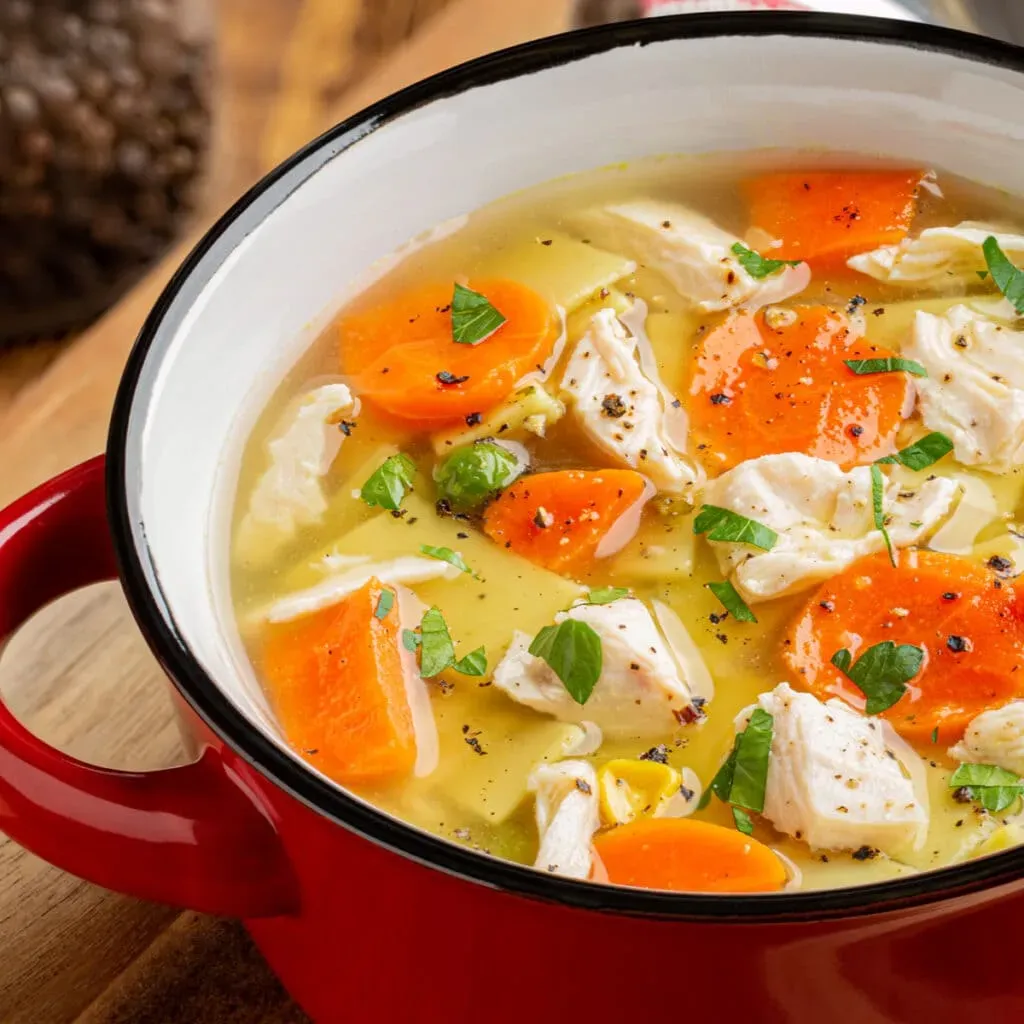
Tips and Tricks for the Perfect Chicken Noodle Soup Recipe Progresso
Tweaking Your Progresso Copycat
So you've got the basics down for your chicken noodle soup recipe progresso. Now, how do you make it *really* hit the mark or tailor it slightly? First off, the chicken. Using dark meat adds more flavor than just breast. If you're starting with raw chicken, simmer it in the broth first until cooked, then shred it and add it back. That infuses the broth beautifully. Don't be afraid to add a pinch of dried thyme or a bay leaf while simmering the broth for an extra layer of complexity that still feels familiar. And the noodles are key; overcooked noodles turn to sad mush. Add them just before serving and cook only until al dente.
- Use dark meat chicken for richer flavor.
- Simmer raw chicken in broth first for deeper taste.
- Add a pinch of dried thyme or a bay leaf to the broth.
- Cook noodles just until al dente to avoid mush.
- Taste and adjust salt *after* adding noodles, as they absorb salt.
Beyond the Bowl: Serving and Storing Your Homemade Soup

Beyond the Bowl: Serving and Storing Your Homemade Soup
Serving Up Your Comfort in a Bowl
Alright, the simmering is done, the noodles are tender, and your kitchen smells legitimately amazing, a far cry from that faint metallic whiff you get from a can. Ladle that homemade chicken noodle soup recipe progresso into bowls. Don't just dump it; make it look good. A little extra sprinkle of fresh parsley (or even dill if you're feeling adventurous) on top brightens it up visually and adds a fresh note. Crack some fresh black pepper over it. Serve it piping hot. This isn't a soup that benefits from being lukewarm. Think of it as a warm hug in a bowl, and hugs are best when they're enthusiastic.
If you want to get fancy – and I use "fancy" loosely here – a crusty piece of bread for dipping is never a bad idea. Or maybe some crackers. The goal here is simple comfort, not Michelin stars. Just get it from the pot to the bowl and enjoy the fact that you made this yourself.
Storing Leftovers (and Dealing with the Noodles)
Let's talk leftovers, because unless you're feeding a small army, you'll likely have some. The good news is this soup stores pretty well. The slightly less good news? Those lovely egg noodles have a tendency to bloat and get, shall we say, *soft* when they sit in the broth overnight. To mitigate this, you have a couple of options. You can store the soup and noodles together and accept the slightly mushier fate of the pasta upon reheating. Or, if you're feeling proactive, you can store the noodles separately from the broth and veggies and add them back in when you reheat individual portions. It's an extra step, sure, but it keeps the noodle integrity intact. Store the soup in airtight containers in the fridge for 3-4 days. Reheat gently on the stovetop or in the microwave.
Freezing is also an option, but again, the noodles are the wildcard. The broth and veggies freeze beautifully. The noodles? Less so. They tend to turn into a texture vaguely resembling... well, let's just say it's not ideal. If you plan to freeze large batches, consider leaving the noodles out entirely and cooking fresh noodles to add when you thaw and reheat the soup. It's the best way to preserve that classic texture.
- Store in airtight containers in the fridge.
- Soup lasts 3-4 days refrigerated.
- Noodles get soft when stored in broth; consider storing them separately.
- Freeze broth and vegetables without noodles for best results.
- Reheat gently on the stovetop or in the microwave.
The Final Spoonful: Is It Worth It?
So, you've spent maybe 30 minutes and dirtied a pot. Was it easier than popping a can? Marginally. Does it taste exactly like the factory-sealed version? Maybe not precisely, but it's damn close, and you know exactly what went into it. Plus, there's a certain smug satisfaction in telling someone you made your own "Progresso-style" soup. It’s not rocket science, just simple cooking that delivers on comfort. Whether you're battling a sniffle or just craving something warm and familiar, this homemade take on the classic chicken noodle soup recipe delivers, no label required.
